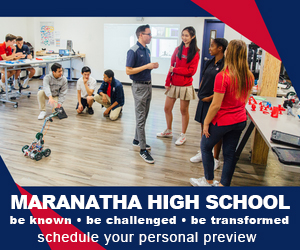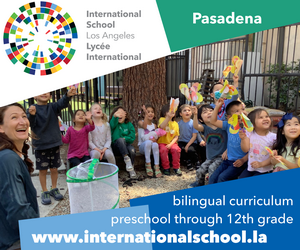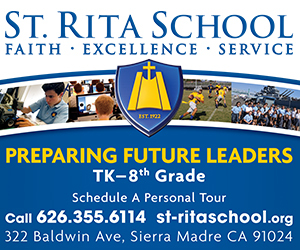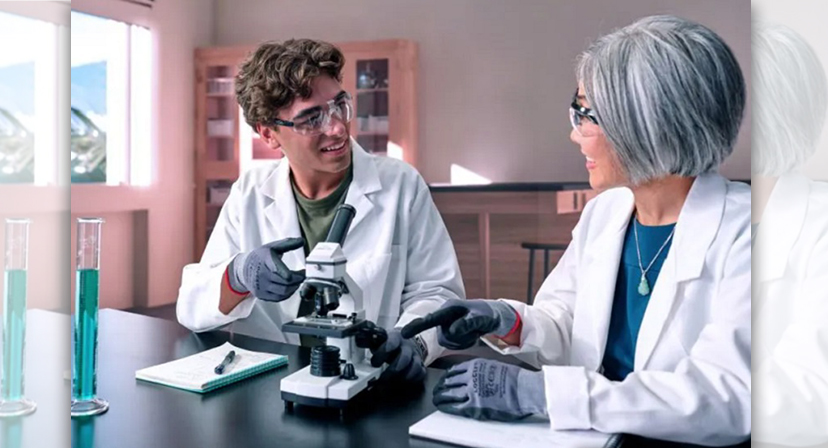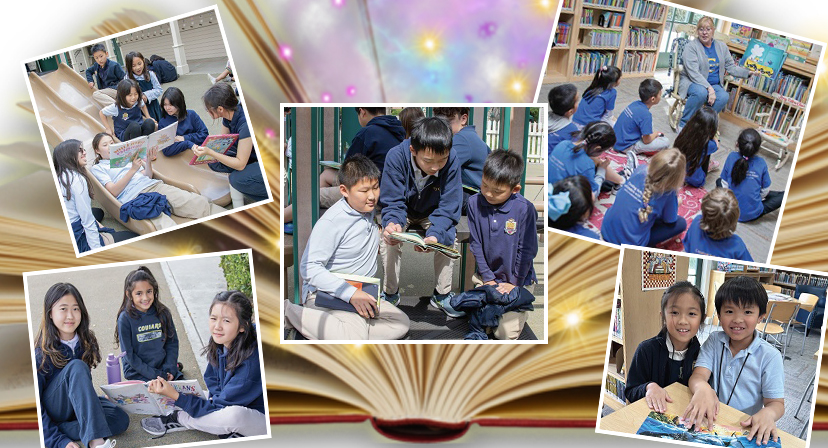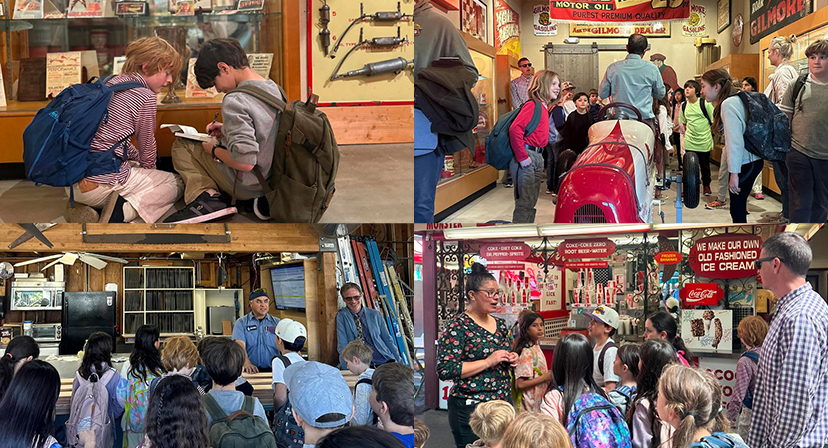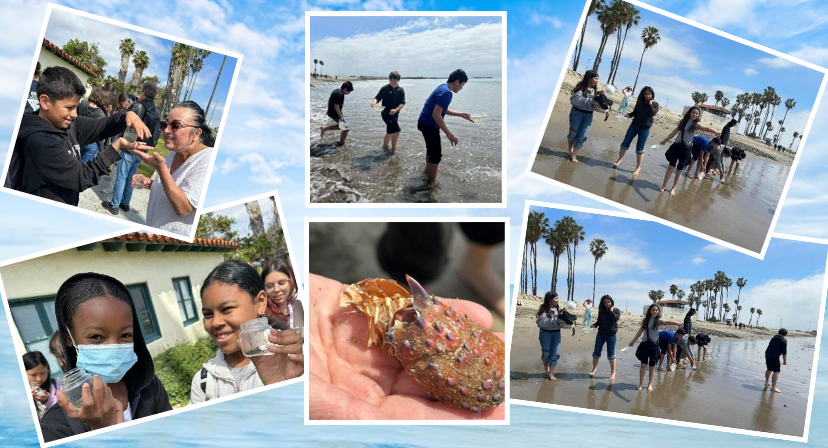Three STEM Autumn Activities You and Your Child Will Enjoy!
Autumn is here! It’s time to enjoy the crisp fall weather, delicious seasonal treats like apple cider and pumpkin pie, and of course, Halloween. However, there are plenty of ways to celebrate the autumn season while getting your child interested and engaged with STEM, too! We’ve rounded up some of our favorite autumn activities for kids that will get them learning and having fun at the same time.
Go on a fall scavenger hunt
When the seasons change, so do the plants and wildlife outside. One of our favorite fun fall activities to do is a seasonal scavenger hunt. With just a little preparation, the whole family can enjoy the fresh air and the autumn scenery together.
First, find a nearby park or easy hiking trail to explore. Depending on where you live, some parks may close in case of inclement weather when summer ends, so make sure the area you choose is still open to visitors. Check that the terrain will be easy to navigate for your kids, too.
Once you’ve picked a place, create a scavenger hunt list! Here are some ideas for fall items to include:

Feel free to make this list your own. Maybe you can add leaves of different sizes or shapes, like a leaf with jagged edges, a round leaf, a long skinny leaf, and so on. Remember to bring a bag or bin so your child can collect all of their findings!
Explore math with a messy pumpkin activity
Pumpkin carving is a quintessential autumn activity. But it can also serve as the backdrop for different STEM activities for kids. If you have a pumpkin you’re preparing to bake or carve, use this as an opportunity to teach your little one about estimating and counting.
Materials You’ll Need
● One or more pumpkins
● Knife
● Spoon
● Bowl
● Newspaper or butcher paper
● Pencil and paper
How to play: Get ready to get messy! If you’re hollowing out your pumpkin inside, lay down some newspaper or butcher paper on your floor or kitchen counter to contain the mess. Then, set down your pumpkin or pumpkins on top. Have your child guess how many seeds are in their pumpkin, and write it down on their piece of paper. If you have multiple pumpkins of varying sizes, ask your child how many seeds each of them have.
Then, carefully cut the top of your pumpkin off with your knife. Have your child scoop out the pulp and seeds with the spoon. Carefully separate the seeds and collect them in a bowl. Before you begin counting them, have your child guess again at the number of seeds by eyeballing the bowl. Then, count the seeds. How close were their estimates? If you have multiple pumpkins, did the bigger pumpkins have more seeds than the smaller ones? How much more?
As a bonus, you can clean and roast the pumpkin seeds when you’re all done for a healthy and nutritious snack!
Try to keep apples fresh with this science experiment
Why do apples and other fruits turn brown when you cut into them? Why don’t they turn brown after they’re cooked? How can you stop them from turning brown? This easy observational experiment teaches kids about oxidation, as well as critical thinking and problem-solving.
Materials You’ll Need
● An apple
● Lemon juice
● Orange juice
● Ginger ale
● Salt
● Knife and cutting board
● 6 small bowls or cups
● Post-it notes and pen
How to play: First, have your child think of ways to keep the apples from turning brown. You can help out with this step too, of course. Maybe you already have a method you use, like lemon juice, that you can add to the mix. Using their ideas, gather the materials you need. For our example, we suggest trying five different treatments: lemon juice, orange juice, ginger ale, saltwater, and plain water. You’ll also have one control with no treatment.
Then, cut up your apple into six equal slices. Place one slice into its own bowl or cup. Create the following solutions to put into each bowl with an apple slice:
● 1 teaspoon lemon juice mixed with 1 cup water
● 1 teaspoon orange juice mixed with 1 cup water
● 1 cup ginger ale
● ½ teaspoon salt mixed with 1 cup water
● 1 cup plain water
Label each bowl with a post-it note describing the solution you used. Remember to label the control, which will be in its own bowl with no solution or water.
Now it’s time to wait and observe. Take photos of the apple slices after different periods of time, if you like. How brown is each apple slice turning, and how quickly? When you’re ready, empty each bowl or cup of its solution and observe each apple slice. Have your child write down its color, texture, and feel. Taste each apple and write down those observations, too.
Which apple slice looked the best? Which tasted the best? Remember to talk to your child about the oxidation process. Apples are rich in iron. After an apple is cut and exposed to oxygen in the air, it reacts with the iron in apples, causing iron oxide (or “rust”) to form. Oxidation can be slowed down by cooking the apples, reducing their exposure to oxygen, or treating it with a solution like the ones you just tried.
Find more autumn activities for your student
When autumn begins, that means it’s back to school time, too! If you’re looking for a new STEM program for your child, see what Stratford School has to offer. Our preschool through grade 8 programs help kids develop academically, socially, and emotionally to ensure success at school and beyond.






